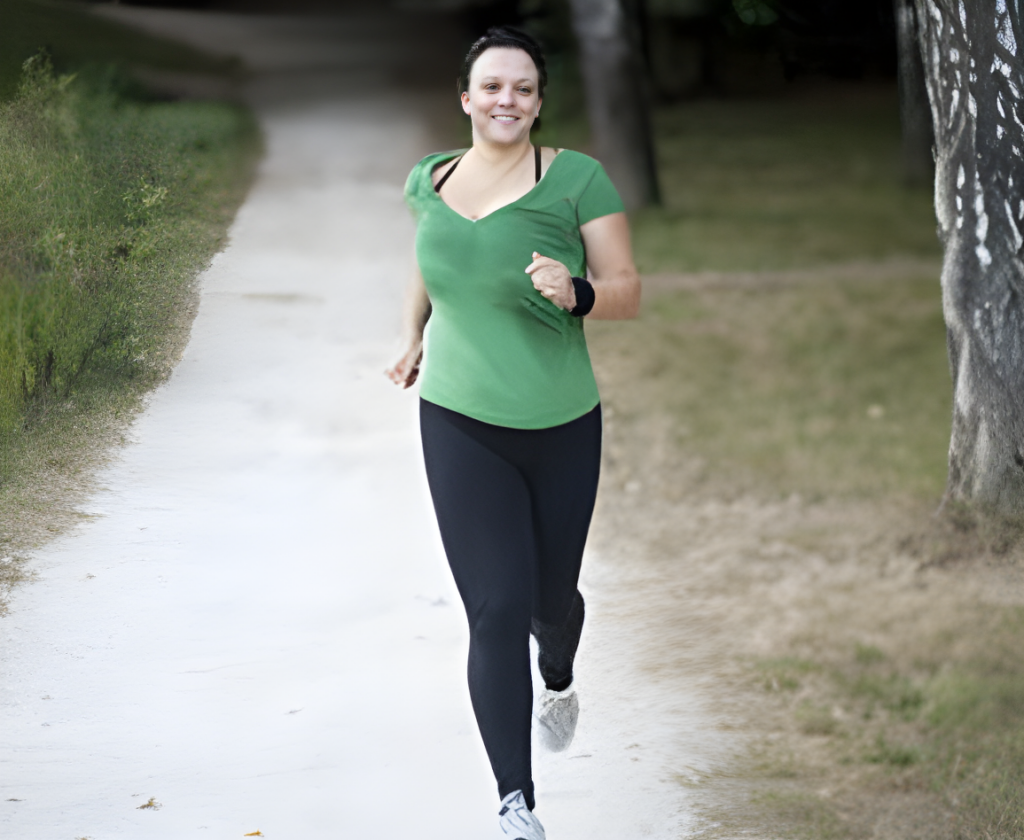From Walker to Jogger
Maybe your exercise routine needs invigorating or your body is ready for a little more intensity. Whatever the case, if you’re ready to make the change from walker to jogger, we’ve got recommendations to help you make the leap successfully and safely.
Check with your primary care physician. As with any fitness program, it is important to get clearance before starting, especially if you are older than 40 or have a history of heart disease, high blood pressure, diabetes, or osteoarthritis.
Buy the right equipment. Your shoes are the most important piece of equipment for jogging. Wearing the wrong shoes can lead to injuries not only to your feet but also to your knees, hips, and shoulders. To find the best jogging shoe for you, visit a speciality fitness store that offers gait analysis. In addition, women will want to invest in a high impact sports bra. When jogging, you impact the ground with three times your body weight. More impact means you will need more support.
Start slowly. One of the easiest ways to begin is to add short bursts of running into your walking routine. This popular walk-jog style actually has a name: Wogging! This method reduces your injury risk while slowly helping your body adapt to running. Your cardiovascular and respiratory systems, muscles, joints, connective tissue, and diaphragm all need to adapt to the demands of running. Initially, you should warm up with a 5- to 10-minute walk. Then run for 30 seconds and walk for 3-4 minutes, alternating between the two. As you get more comfortable, increase your running time and decrease your walking segments.
Develop a plan. Just as you plan your weekly grocery trip, take time at the beginning of the week to plan your runs. If you need help, try our Wogging for Wellness workout plan or ask for the Running Your First 5k handout. Keep a journal. Tracking your workouts can help you stay motivated. Maybe you can run 2 miles now or you are running four days a week instead of one. Take the time to celebrate your progress. Join the club. Many communities have running clubs. This is an easy way to meet like-minded people and stay committed to your running routine. Visit the Road Runners Club of America at www.rrca.org or visit a local running store to find groups in your area.


